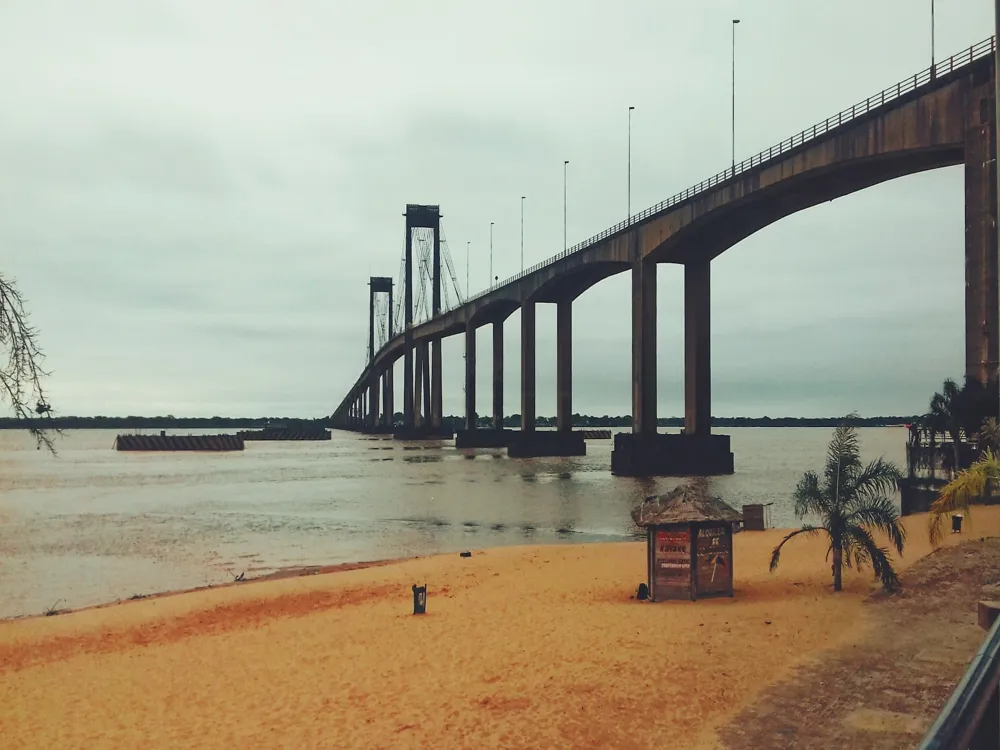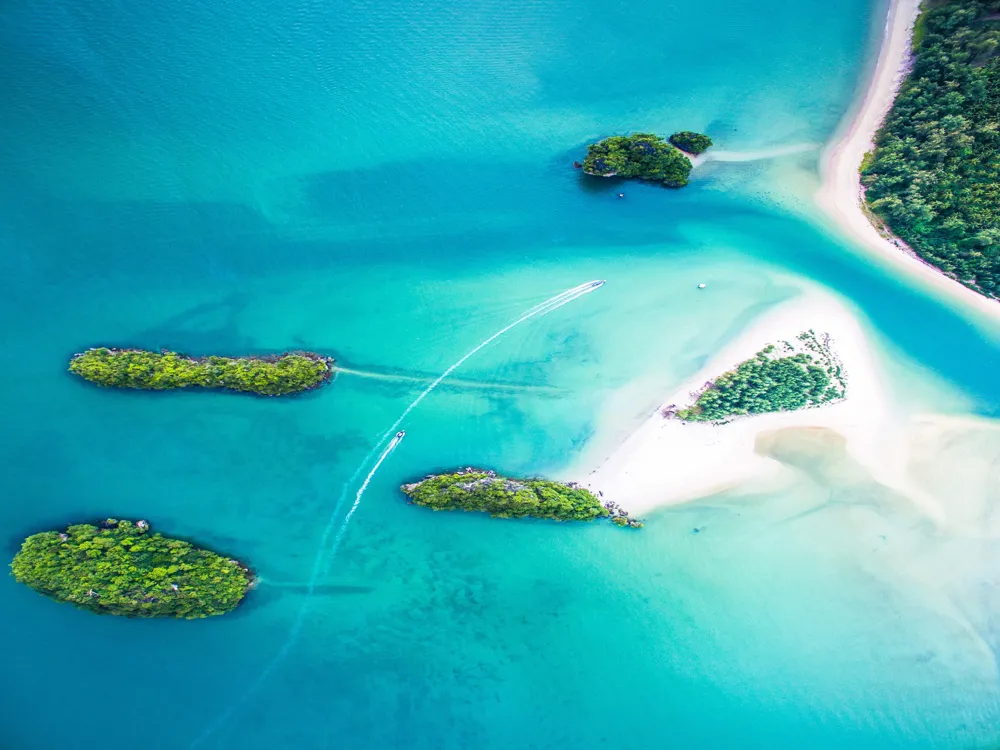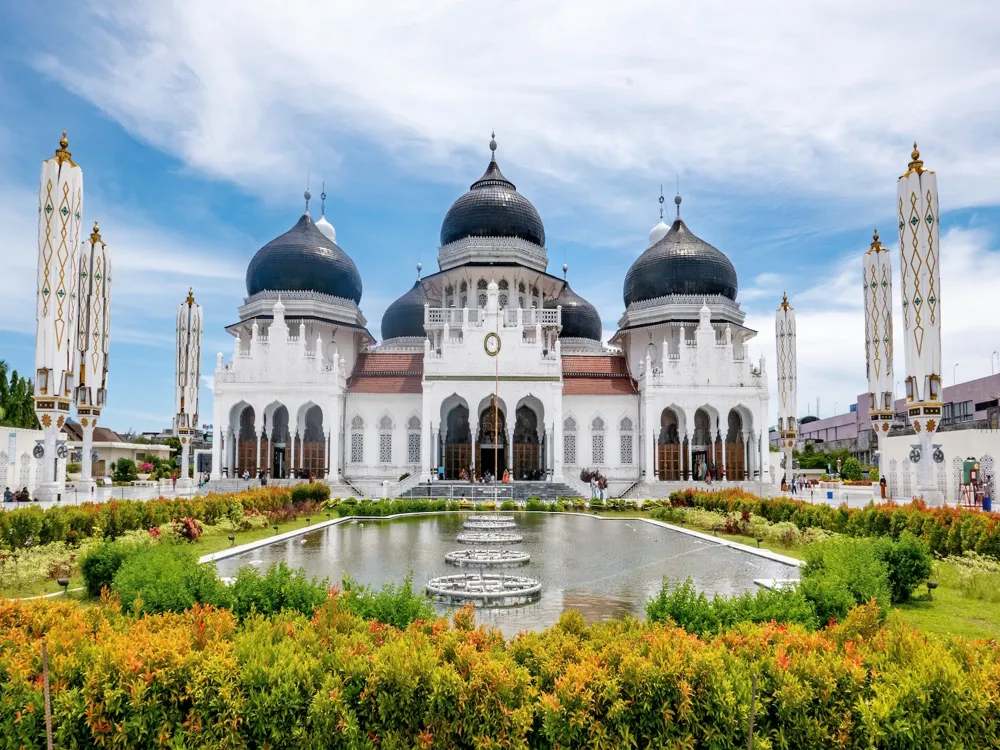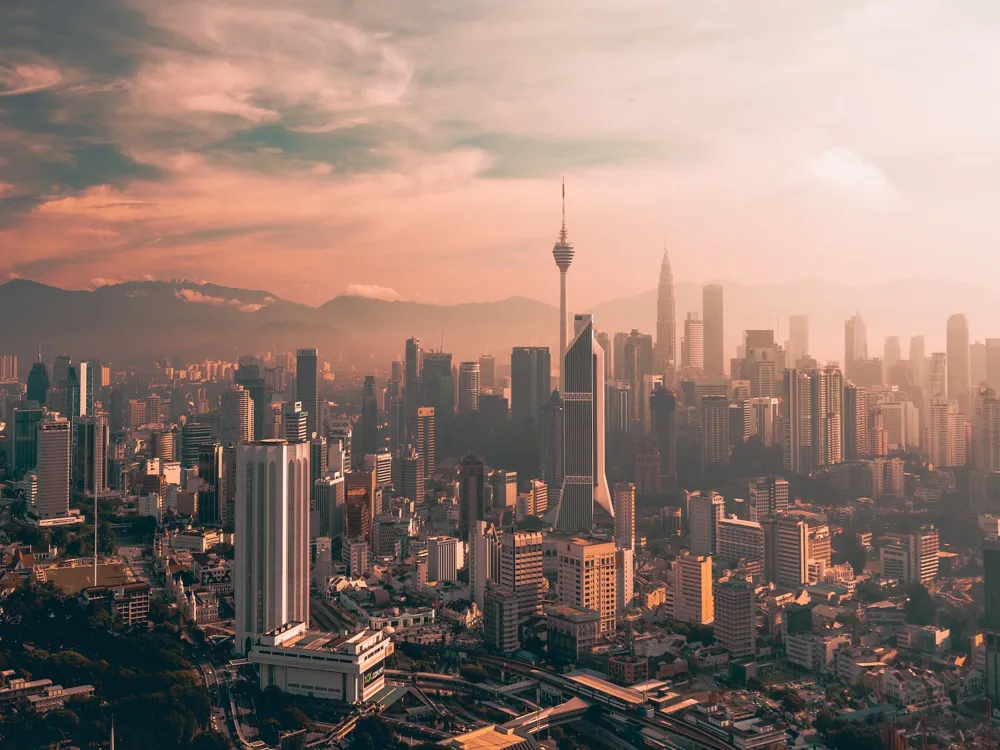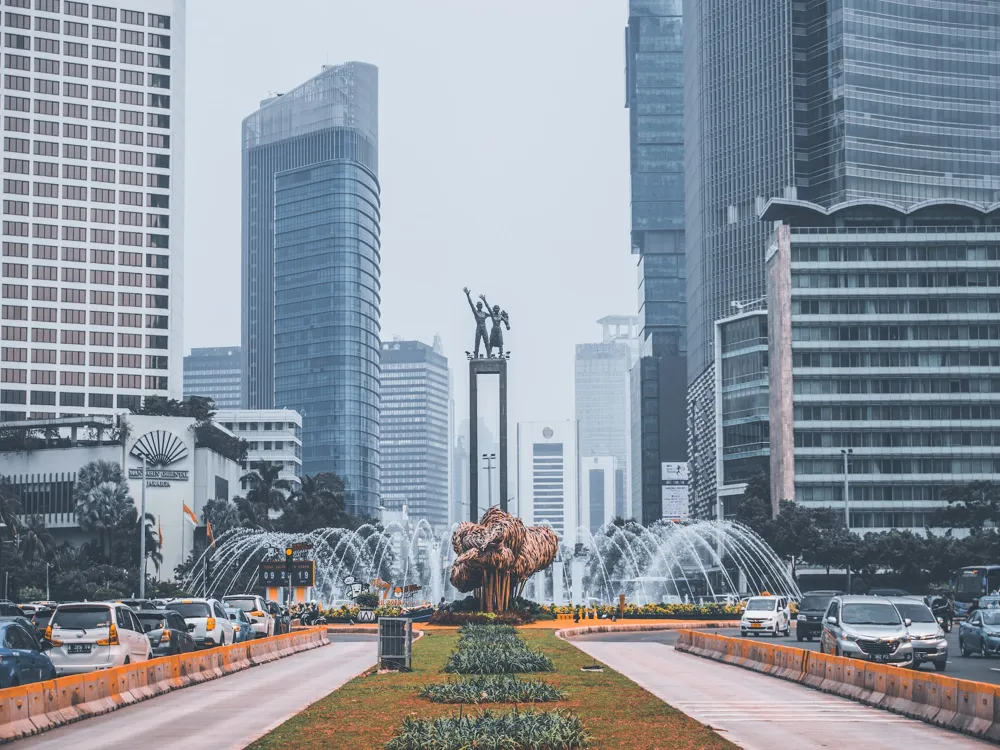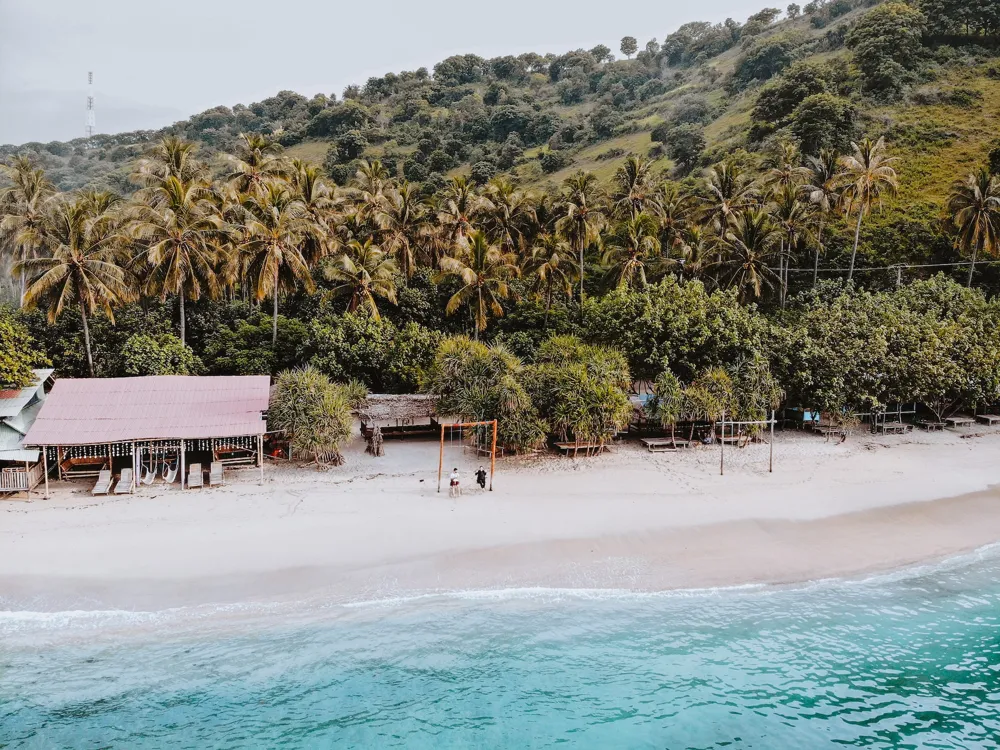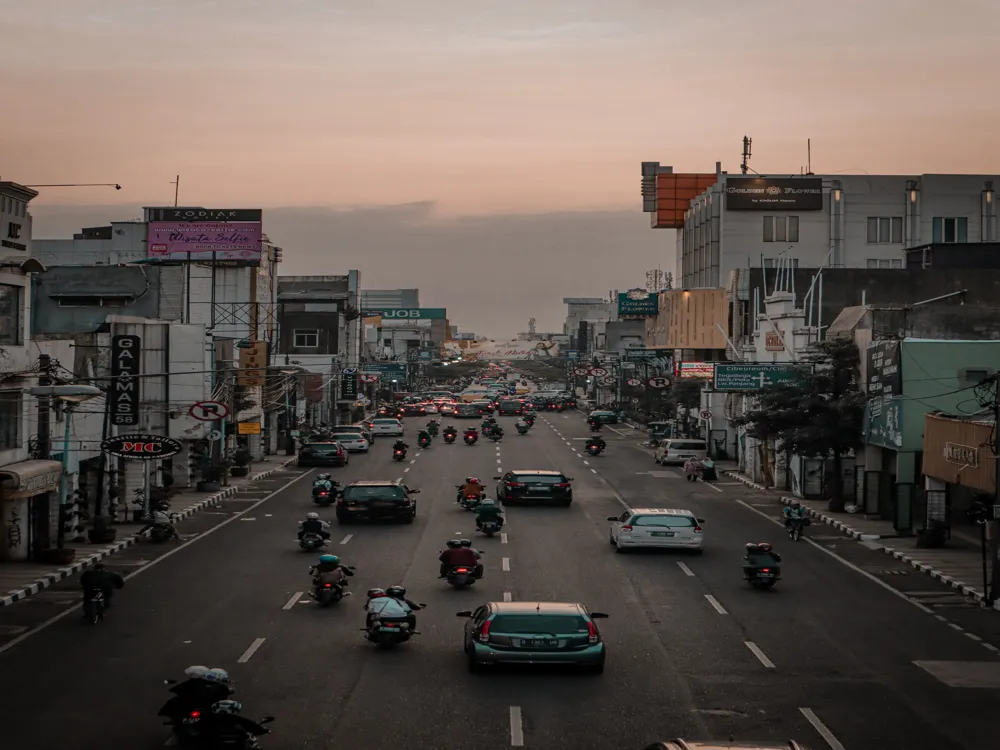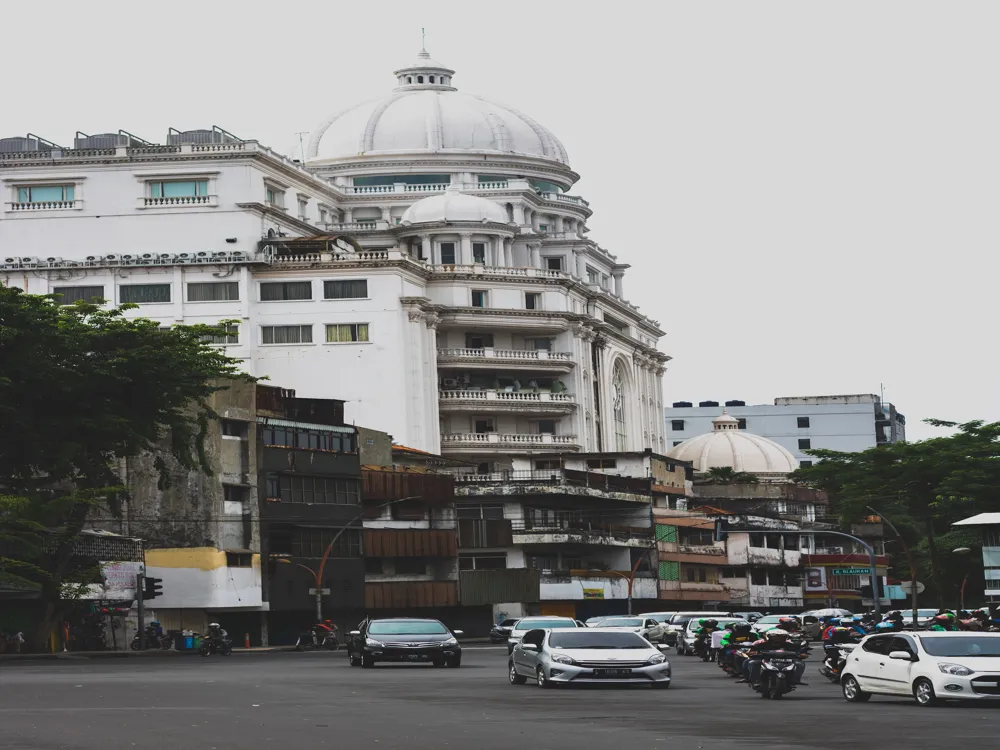The Barelang Bridge, a pivotal infrastructure in Batam, Indonesia, is not just a bridge but a series of six bridges of various types that connect the islands of Batam, Rempang, and Galang. This architectural marvel spans an impressive 2km, making it a significant link for transport and economic activities in the region. The name 'Barelang' is an abbreviation derived from the three islands it connects: Batam, Rempang, and Galang. The construction of the Barelang Bridge began in 1992 and was completed in 1998, under the guidance of the then-President of Indonesia, Suharto. It's not just a feat of engineering but also a symbol of development and progress in the Batam region. The bridge has since played a crucial role in boosting the local economy, facilitating transport and trade, and has become an iconic landmark, attracting numerous tourists annually. Each of the six bridges has its unique design and engineering approach, ranging from the Tengku Fisabilillah Bridge, a cable-stayed bridge, to the Nara Singa Bridge, a simple girder bridge. This variety not only serves functional purposes but also adds to the aesthetic appeal of the entire bridge system. The surrounding scenic views, including the azure waters and green landscapes, make the Barelang Bridge a picturesque and serene destination for visitors. The Barelang Bridge stands as a testament to modern engineering and architectural prowess. Its most prominent section, the Tengku Fisabilillah Bridge, is a cable-stayed bridge and is the longest among the six, stretching over 642 meters. Its towering masts and gracefully arranged cables make it an architectural spectacle. Each bridge in the Barelang series was constructed using different architectural styles and techniques, reflecting a blend of aesthetics and functionality. The Raja Ali Haji Bridge, for instance, is a cantilever bridge, while the Sultan Zainal Abidin Bridge is a bascule bridge, allowing for the passage of ships. These variations not only cater to specific geographic and logistic needs but also showcase diverse engineering methodologies. The construction process involved advanced techniques and materials, including high-tensile strength steel and robust concrete, ensuring durability and longevity. The design also took into consideration environmental factors, like wind speeds, tidal patterns, and seismic activity, making it a marvel of sustainable engineering. The ideal time to visit Barelang Bridge is during the dry season, from April to October. During these months, the weather is more pleasant, making it perfect for sightseeing and photography. Visitors can reach the bridge by taxi or rental car from Batam Centre. The bridge is well-connected and easily accessible from major parts of Batam. While exploring the bridge, it's important to adhere to safety guidelines. Stay within designated areas, especially when taking photographs, to ensure your safety. For photographers, the bridge offers stunning vistas, especially during sunrise and sunset. Use wide-angle lenses to capture its grandeur. Reaching Barelang Bridge is straightforward. It's located approximately 25 kilometers from Batam Centre. Visitors can opt for taxis, rental cars, or even motorbikes to get there. The journey offers a glimpse into the beautiful landscapes of Batam, making the trip not just a destination but an experience in itself. Read MoreOverview of Barelang Bridge
Architecture of Barelang Bridge
Tips When Visiting Barelang Bridge
Best Time to Visit
Transport and Accessibility
Safety Measures
Photography Tips
How to Reach Barelang Bridge
Batam Tourism
Best Time to Visit Batam
How to Reach Batam
Barelang Bridge
Batam
NaN onwards
View batam Packages
Weather :
Tags : Bridge
Time Required : 1 - 3 Hours
Planning a Trip? Ask Your Question
Batam Travel Packages
View All Packages For Batam
Top Hotel Collections for Batam

Private Pool

Luxury Hotels

5-Star Hotels

Pet Friendly
Top Hotels Near Batam
Other Top Ranking Places In Batam
View All Places To Visit In batam
View batam Packages
Weather :
Tags : Bridge
Time Required : 1 - 3 Hours
Planning a Trip? Ask Your Question
Batam Travel Packages
View All Packages For Batam
Top Hotel Collections for Batam

Private Pool

Luxury Hotels

5-Star Hotels

Pet Friendly








